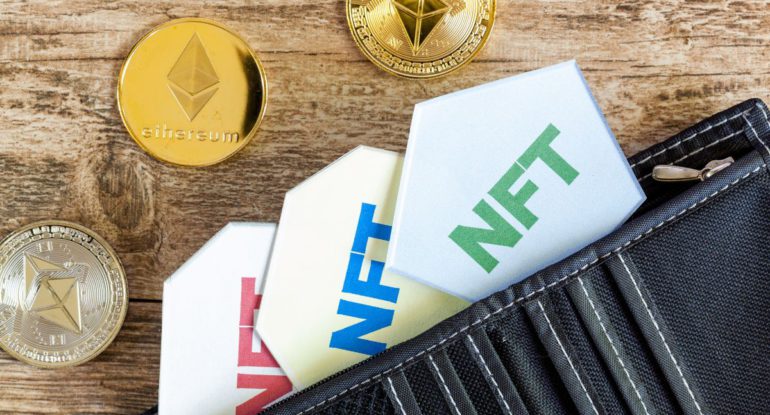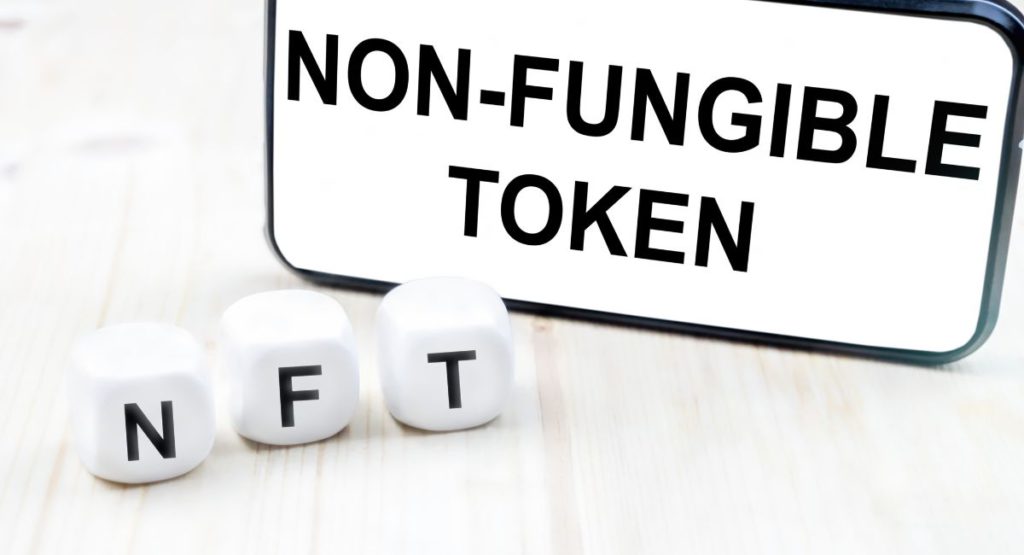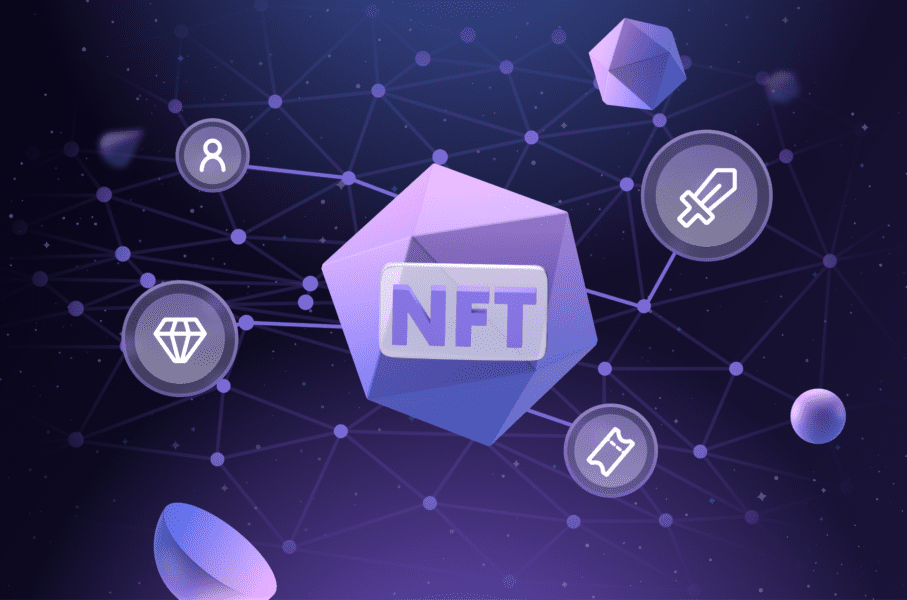Top 10 Ways The Role of Investors Affect The NFT Valuation

The relationship between Non-Fungible tokens (NFT) valuation and investors is a topic of significant interest in the world of blockchain and digital art. NFTs have gained tremendous popularity in recent years, with artists, collectors, and investors all participating in this digital revolution. In this article, we will explore the intricate connection between NFT valuation and the investors who play a crucial role in determining the worth of these unique digital assets.
Understanding NFTs

Before diving into the relationship between NFT valuation and investors, it’s essential to understand what NFTs are. NFTs are unique digital tokens that represent ownership of a specific digital asset, whether it’s artwork, music, videos, virtual real estate, or other digital collectibles. Unlike cryptocurrencies like Bitcoin or Ethereum, NFTs are not interchangeable with one another due to their uniqueness.
The Role of Investors in NFT Valuation

The role of investors in Non-Fungible Token (NFT) valuation is multifaceted and pivotal to the growth and development of the NFT market. Investors, ranging from individual collectors to institutional funds, have a profound impact on how NFTs are priced and perceived in the digital world. Here are the top 10 ways in which investors influence NFT valuation:
- Early Adoption and Promotion: Investors who recognized the potential of NFTs at an early stage played a crucial role in promoting the market. By investing in and advocating for NFTs, they helped raise awareness and attract more creators and buyers, thus increasing the overall value of the NFT ecosystem.
- Artistic Reputation: Traditional art investors have entered the NFT space, bringing with them their expertise in evaluating artistic value. The reputation of the artist behind an NFT significantly influences its valuation. Well-established artists often command higher prices for their digital creations, just as they do in the traditional art world.
- NFT Collectors: Some investors focus on building NFT collections, similar to collectors of physical art or rare collectibles. They acquire NFTs with the intention of holding them for extended periods. This behavior contributes to the scarcity of specific NFTs, raising their value over time.
- Trading and Speculation: Speculators are investors who engage in trading NFTs with the expectation that their value will rise. They buy NFTs when prices are low and sell when prices are high, often contributing to price volatility in the market. Speculative activity can lead to bubbles and corrections in NFT valuations.
- Curation and Gatekeeping: Some investors act as curators or gatekeepers, determining which NFTs gain visibility and recognition. Their endorsement or acquisition of specific NFTs can substantially impact the valuation and reputation of those assets.
- Influence of Celebrity Investors: When celebrities or influencers invest in NFTs, it can create a significant buzz and attract a broader audience to the market. Their endorsement often results in higher demand for the NFTs they associate with, increasing their value.
- Strategic Investment Funds: Dedicated NFT funds and investment firms have emerged to pool capital from multiple investors and acquire NFTs strategically. These entities manage portfolios of NFTs, impacting their valuation through targeted acquisitions and market influence.
- Market Sentiment: Investor sentiment and perception of the NFT market can have a substantial impact on valuations. Media coverage, celebrity endorsements, and the overall state of the cryptocurrency market can shape market sentiment and influence NFT values.
- Utility and Use Cases: Some NFTs offer unique utility, such as access to virtual events, exclusive content, or in-game assets. Investors recognize the value of these utility-driven NFTs, contributing to their valuation.
- Hodling Behavior: Investors who adopt a “hodl” (hold) strategy for NFTs contribute to their scarcity and, consequently, their value. By refraining from selling, these investors limit the supply of certain NFTs, making them more desirable to others.
In summary, investors play a pivotal role in NFT valuation through their various roles and behaviors in the NFT market. Their early adoption, reputation assessments, trading activities, and strategic investments all impact how NFTs are priced and perceived. As the NFT market continues to evolve, investors will continue to be significant stakeholders in shaping the valuation of these unique digital assets.
Also, read – Is It Possible To Define “NFT Value” Correctly?
Factors Influencing NFT Valuation

NFT valuation depends on several factors, including:
- Scarcity: The rarer an NFT, the higher its potential value. This scarcity can be due to the uniqueness of the digital asset or limited editions.
- Artist Reputation: Well-known artists often command higher prices for their digital creations, just as they do in the traditional art world.
- Historical Significance: NFTs linked to significant moments in the digital art or blockchain history can carry higher value.
- Utility: Some NFTs grant certain rights or access to events, which can influence their value.
- Market Sentiment: The perception of the NFT market, driven by factors like media coverage, celebrity endorsements, and the overall state of the cryptocurrency market, can have a substantial impact on valuation.
- Investor Behavior: As mentioned earlier, the buying and selling behavior of investors, including speculators and collectors, can create price volatility and influence NFT values.
Opensea lost 90% of a huge investor stake.
Their valuation WAS $13.3 Billion.
It is now at or below $1.4 Billion 📉 pic.twitter.com/pmapsvOrXZ
— HashBastards (@HashBastardsNFT) November 8, 2023

Conclusion
The relationship between NFT valuation and investors is intricate and multifaceted. Investors play a significant role in shaping the value of NFTs, whether through early adoption, collecting, or speculating. Understanding the various factors that influence NFT valuation, such as scarcity, artist reputation, and market sentiment, is crucial for both investors and creators in this evolving digital landscape. As the NFT market continues to develop, it will be fascinating to observe how this relationship evolves and how investors continue to impact the world of digital collectibles.
FAQs About NFT Valuation
Q: What is the value in NFT?
A: The value in NFTs lies in their ability to represent ownership and authenticity of unique digital assets through blockchain technology. Each NFT, or non-fungible token, is distinct and cannot be replicated, making it a one-of-a-kind digital item. The value is influenced by several factors, including the rarity of the digital asset, the reputation of the artist or creator, and the level of demand within the market.
Q: What is the current value of NFT?
A: The current value of NFTs is a dynamic and fluid metric that depends on the specific digital asset in question. NFT values can range from a few dollars to millions, with high-profile artists and iconic digital creations often fetching premium prices. It’s crucial to note that the market for NFTs is subject to constant fluctuations, and the value of individual tokens can change rapidly based on market trends, buyer interest, and the perceived cultural significance of the digital item.
Q: What is the NFT market valued at?
A: The NFT market’s valuation is an aggregate of the values of countless individual tokens being bought and sold across various platforms. As of now, the NFT market is valued at billions of dollars, showcasing the growing significance of digital ownership and the intersection of technology and art. This valuation is not static and evolves continually as new NFTs are minted, traded, and the market experiences shifts in demand and trends.
Q: What is the net worth of NFT?
A: Determining the net worth of the entire NFT ecosystem is a complex task due to the vast number of individual tokens with varying values. The net worth of NFTs collectively represents the cumulative value of all digital assets within the market. As the NFT space expands and evolves, with new artists entering the scene and innovative digital creations emerging, the net worth of NFTs continues to grow, reflecting the dynamic and transformative nature of the digital asset landscape.



























































